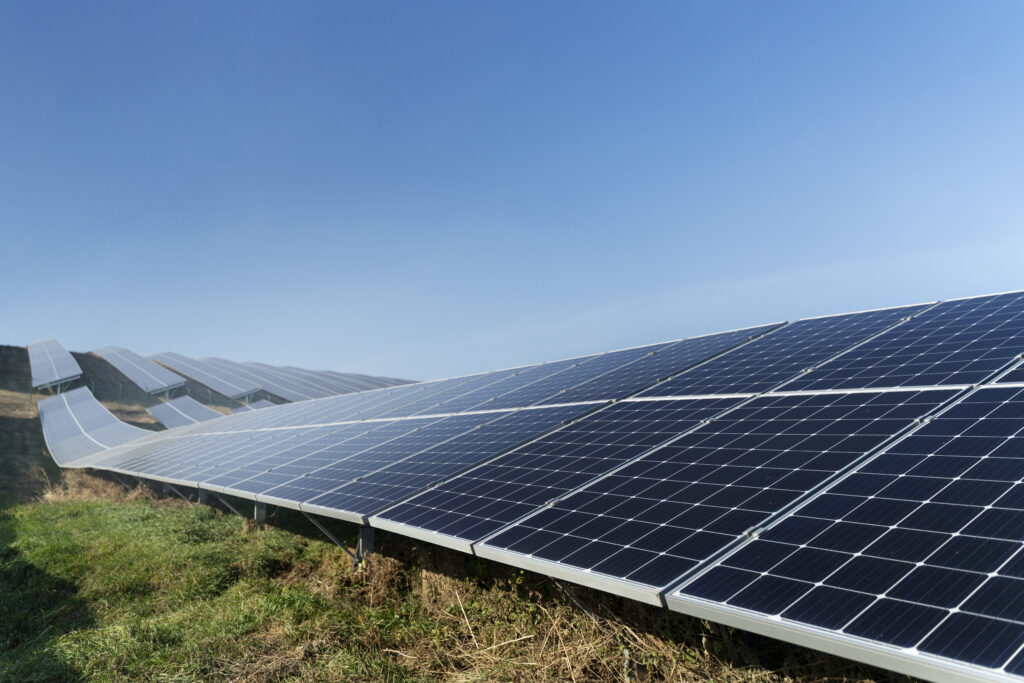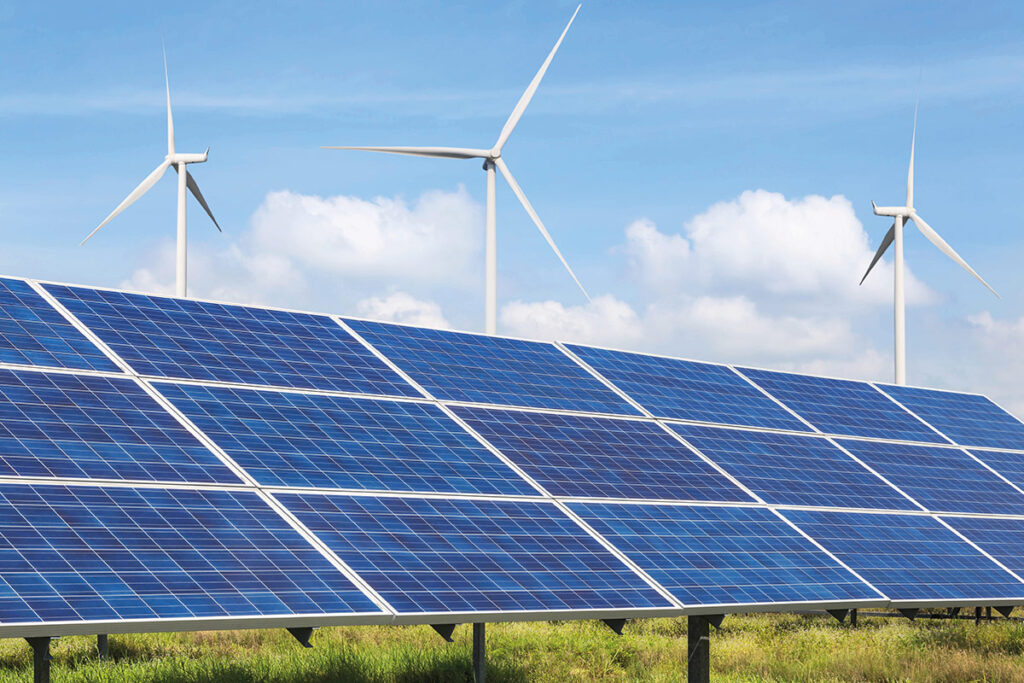Save Your Money,
Save Environment!
Solar makes energy independence possible. If you have any questions or need help, contact with our team, or you can call us any time.
Overview
An off-grid solar system, also known as a standalone solar system, operates independently from the public electricity grid. It is designed to generate and store enough electricity to meet your energy needs without relying on external power sources. This system is ideal for remote locations where grid access is unavailable or unreliable, and for those who seek complete energy independence. Off-grid systems are particularly popular in rural areas, vacation homes, and locations prone to frequent power outages.
Essential Components
An off-grid solar system consists of several critical components that work together to generate, store, and distribute solar energy:
Solar Panels: The primary source of electricity, solar panels capture sunlight and convert it into direct current (DC) electricity. The size and efficiency of the panels determine how much power your system can generate.
Battery Bank: Unlike on-grid systems, off-grid setups require a battery bank to store excess electricity generated during the day. These batteries provide power during the night or on cloudy days when solar production is low.
Inverter: The inverter converts the DC electricity produced by the solar panels and stored in the batteries into alternating current (AC) electricity, which is used to power household appliances and devices.
Charge Controller: This component regulates the amount of electricity flowing from the solar panels to the battery bank, preventing overcharging and extending battery life.
Backup Generator (Optional): In some off-grid systems, a backup generator is included to provide additional power during periods of low solar generation or extended cloudy weather.
Monitoring System: A monitoring system allows you to track the performance of your solar panels, battery levels, and overall energy usage, helping you manage your energy resources effectively.
How Does It Work?
An off-grid solar system functions by generating, storing, and distributing electricity independently of the grid:
Energy Generation: Solar panels capture sunlight and convert it into DC electricity. This electricity is then used to power your home or business directly during the day.
Energy Storage: Excess electricity generated during the day, when solar production is at its peak, is stored in the battery bank. The size and capacity of the battery bank are crucial, as they determine how much energy can be stored for use during non-sunny periods.
Energy Conversion: The stored DC electricity is converted into AC electricity by the inverter whenever needed, such as at night or during cloudy weather. This AC power is then used to operate your household appliances and devices.
Backup Power: If the battery bank is depleted and solar production is insufficient, a backup generator (if included) can automatically kick in to provide additional power. This ensures a continuous power supply, even during extended periods of low sunlight.
Energy Consumption: Your household draws power from the solar panels during the day and the batteries at night or during low production periods. The system is designed to meet your energy needs continuously, without relying on the grid.



